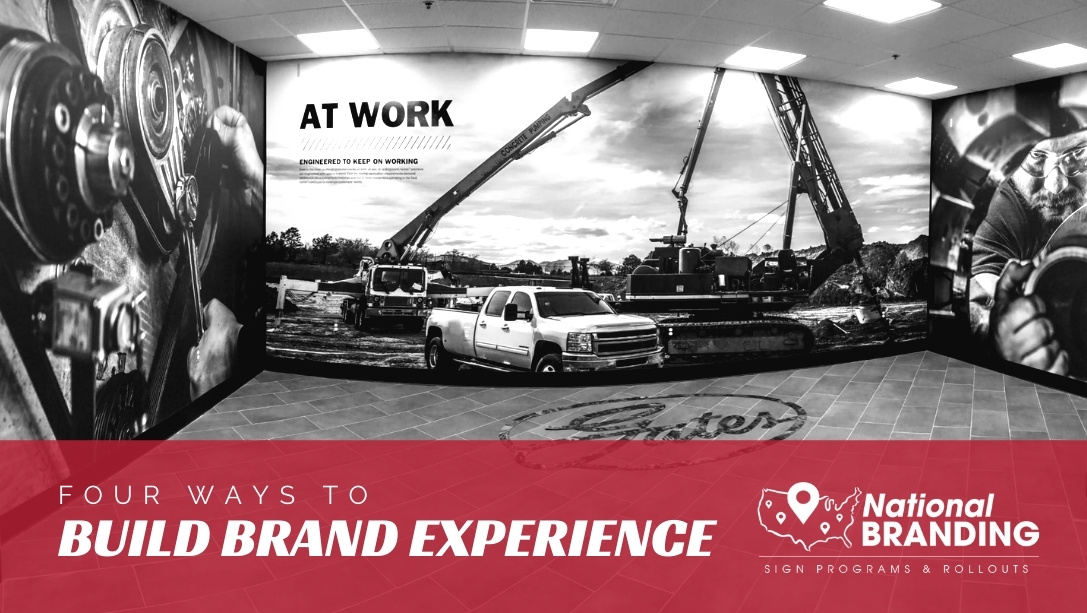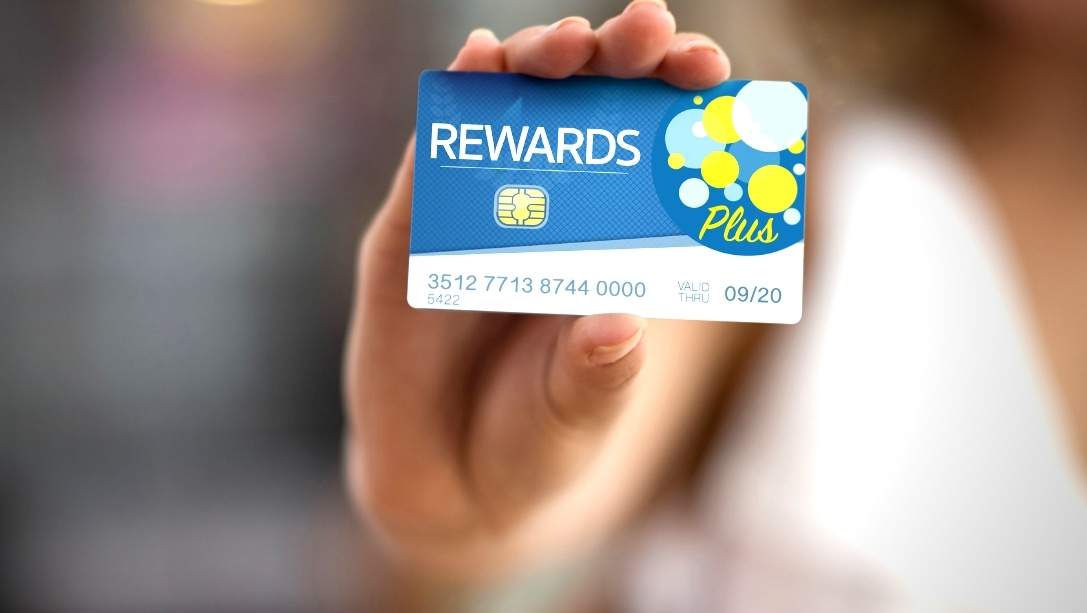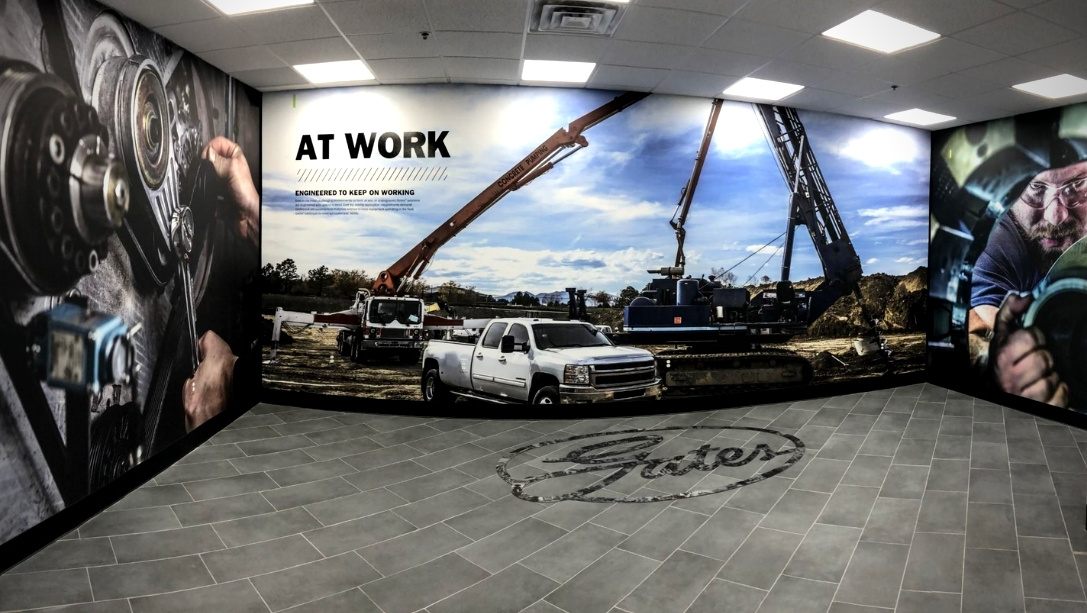
Give customers what they want: An experience-based connection with your brand
Disney World doesn’t sell amusement park tickets — you are purchasing a pass to the most magical place on Earth. Nike isn’t about buying a shoe — it’s the ambition and athleticism it represents.
This is brand experience. People want what they are selling (literally).
Your brand can succeed at this too. And National Branding can help.
The goal is for customers to think positive when they see your brand. Harvard Business School researchers found that 95% of our purchasing decisions take place subconsciously on an emotional level. It’s only afterward that we use logic to justify the purchase and rationalize it.
If you are new to creating your brand experience, start by asking: What’s your brand’s story? How are you improving lives? Recognize how you inspire people and consistently incorporate it into your messaging.
Now take the inspirational qualities of your brand to build brand experience.
1. Make the ordinary special
People don’t want to be sold to — instead, they want an experience that motivates them to invest and buy. That’s why it’s important to learn what inspires your customers and find ways to authentically relate and connect.
It’s engaging and effective:
- Did you take a photo of a gas station 20oz soda bottle because it had the name of a friend or family member? If you did, you weren’t alone. Coca-Cola’s “Share A Coke” campaign turned something pretty mundane — drinking a beverage — into an experience. People went online and shared photos on social media with why they picked the bottle with the listed name. If you saw a familiar name, you bought it to give. Not only was it fun and relatable (we’ve all been guilty of looking for our names on the tourist shop keyrings), it also made sense with the then Coca-Cola tagline tagline “Open Happiness.” The campaign, launched in the U.S. in 2014, increased sales volume here for the first time in years.
- JoAnn Fabrics does this too. They sell everyday things like scissors, linen and yarn — but market the experience of making an item and potential of the finished product. Their website even has an Inspiration tab; the first thing you see after clicking on it are the words, “You can do it.” To drive the experience point further, each store offers expert-led classes (customers pay for these) to show you how to use the items they sell for a desired result.
If carbonated drinks and craft supplies can be made special, your products can too. Look at how your brand helps or inspires people. Then create an experience around what you offer.

2. Have a next-level loyalty program
Loyalty programs have been around for awhile (if you could find the punch card in your wallet, you’d get a free coffee after the 10th purchase). Those help entice customers to give repeat business, so we aren’t knocking ‘em. But more than 50% of members of traditional loyalty programs are inactive due to loss of interest or feeling like goals aren’t achievable, which leads to missed opportunities when it comes to building customer relationships.
The good news is: Digital loyalty cards are here and they avoid the pitfalls of traditional cards. They can be designed to be interactive and keep customer interest, and you can easily update them if/when needed to retain interest — and quickly communicate changes.
Here’s how it’s done:
- Quip, a mail-order electric toothbrush company, recently launched a bluetooth Smart Brush and quip app that serves as a stat tracker and loyalty program. When customers use the brush, it keeps track of how long you brush, brushing intensity and brushing streak. Customers who do daily brushing tasks earn points that can be used to get free dental floss, brush head replacements and other small on-brand items. It’s a win-win. Customers learn about their habits and so does quip. This allows both to focus on their goals of dental care promotion. And it gives quip a way to gain multiple interactions with customers a day.
It works because the most effective loyalty programs focus on engagement and not transactions. So what value-add does your business have that would work well on a digital platform?
And interactions don’t have to be online only — you could encourage in-person interaction (when it’s safe) like give an exclusive deal if they stop at your trade show booth or visit your pop-up shop.

3. Find the right partner
When choosing a partner, it has to be a good authentic fit for both sides. Just like in any relationship, if your brand partner holds similar values as yours, it has a strong chance to be successful.
Examples of successful partnerships:
- After Pottery Barn employees noticed customers bringing in paint swatches to pick out furniture, the company worked with Sherwin-Williams to create a seasonal paint color line that compliments Pottery Barn furniture and decor. With both brands selling home products at a mid-to-upscale price range, the partnership allows both to showcase their products to a larger audience in their target demographic. The brands worked together to offer an easy solution for customers to achieve the magazine-worthy living room they wanted.
- This one might not seem inspirational in a successories poster way, but it does use ingenuity that creates a response to act from the customer — so it definitely counts. Just when you didn’t think Taco Bell could get any more ideal for people looking for meals at 2 a.m., they partnered with Doritos. And the Doritos Locos Taco became Taco Bell’s most popular product. This is a partnership where both brands knew their audience and created a win-win-win (Taco Bell-Doritos-their customers) scenario. The brands worked together to sell the experience of trying something new or unique.
You can do the same. Look at the businesses in your community and evaluate what partnership opportunities make sense for your brand.
If you are a restaurant owner, is there a nearby farm you could partner with to create a couple signature farm-to-table dishes for the menu? Or, if you are a photographer, could you partner with a construction company to take portraits of people in the finished construction spaces? In that partnership, your work could serve as portfolio images for the company, additional advertising for you (make sure your studio name is represented in the portfolio), and the construction client would have the option to purchase from you after the complimentary session.
![]()
4. Achievement Unlocked: Encourage repeat behavior
We know money talks (the band AC/DC told us that decades ago). But it’s important to remember that it goes beyond money — people don’t need free products to stay interested.
Instead, think about offering activities and tracking tools that encourage behavior people already want to do. When you do this, you help people progress with goals — and they will associate these achievements with your brand.
Here’s where it worked:
- Audible, an online audio bookstore, gives badge achievements. You start with a blank slate on the app page and want to fill it in with colorful badges with cool iconography that pops up as an achievement for listeners that complete activities through the Audible app like reading for five days in a row.
- Garmin does the same to encourage people to stay active — for example, you get a badge with an icon of Hermes’ flying feet for conquering 20,000 steps in a day. But Garmin goes to the next level and, if you choose, connects you to social features like having step competition with other users.
Neither gives free products or services, but these succeed because they help participants challenge themselves and reach goals. How can your business create an achievement-based program that encourages repeated contact with your brand?



